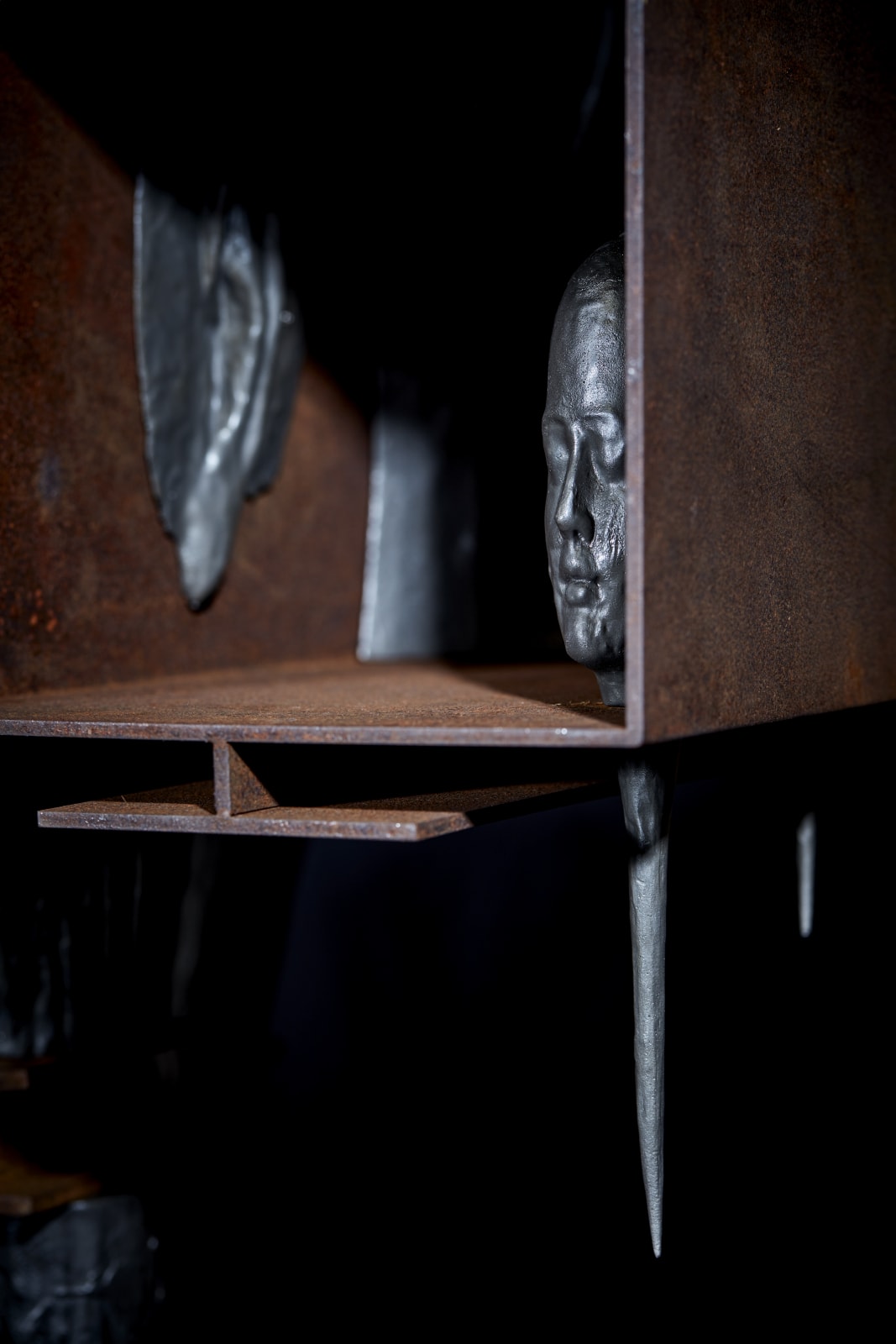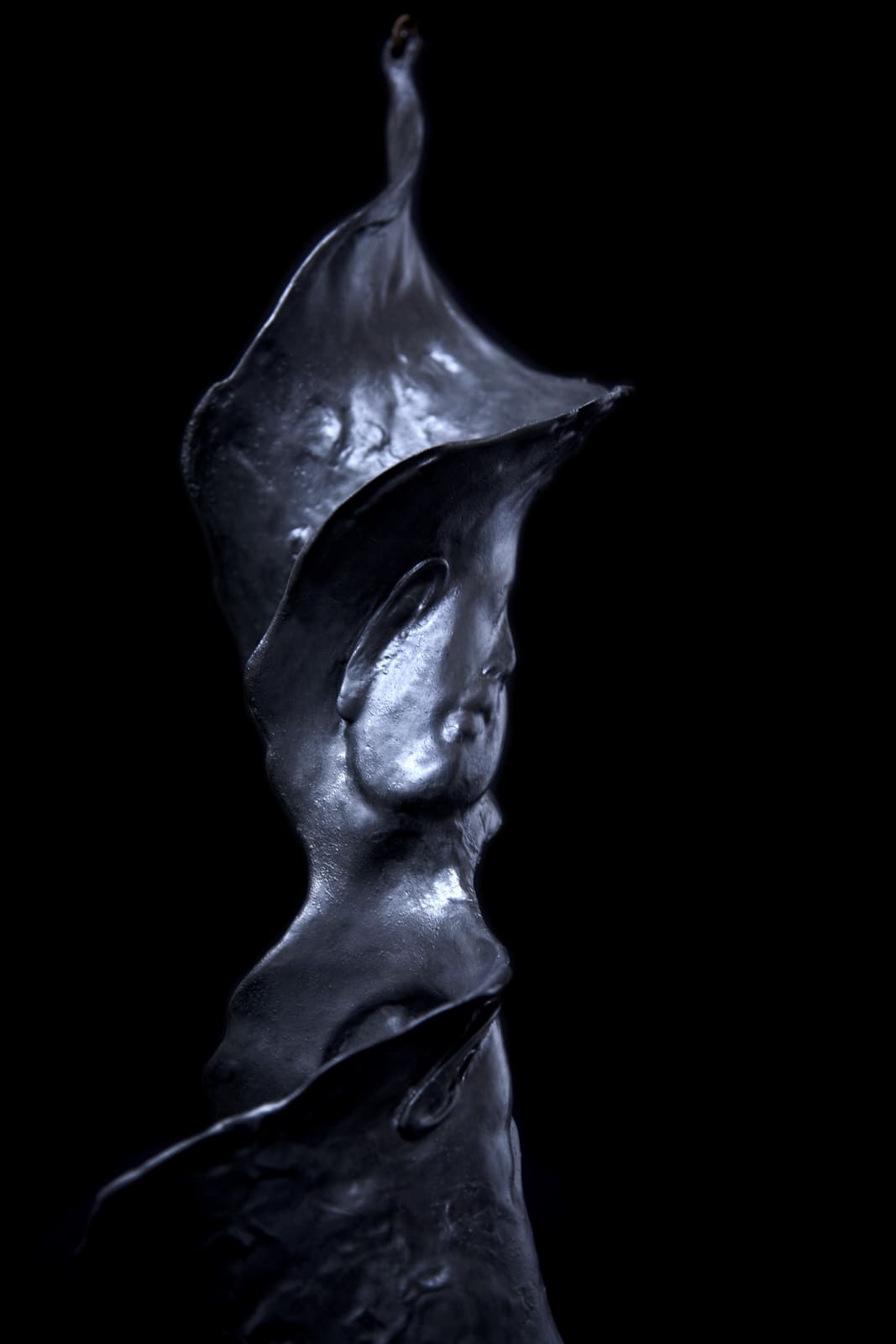

A Dialogue between Materials and Time V by Wallace Chan (Sculptures & Carvings)

A Dialogue between Materials and Time V by Wallace Chan (Sculptures & Carvings)

A Dialogue between Materials and Time V by Wallace Chan (Sculptures & Carvings)

A Dialogue between Materials and Time V by Wallace Chan (Sculptures & Carvings)

A Dialogue between Materials and Time I by Wallace Chan (Sculptures & Carvings)

A Dialogue between Materials and Time I by Wallace Chan (Sculptures & Carvings)

A Dialogue between Materials and Time II by Wallace Chan (Sculptures & Carvings)

A Dialogue between Materials and Time XIII by Wallace Chan (Sculptures & Carvings)
The Neo-Titanium Period (2020-)
Further images
-
(View a larger image of thumbnail 1
)

-
(View a larger image of thumbnail 2
)

-
(View a larger image of thumbnail 3
)

-
(View a larger image of thumbnail 4
)

-
(View a larger image of thumbnail 5
)

-
(View a larger image of thumbnail 6
)

-
(View a larger image of thumbnail 7
)

-
(View a larger image of thumbnail 8
)

-
(View a larger image of thumbnail 9
)

Wallace Chan: A Dialogue between Materials and Time
"This new body of work is concerned with the inter-relationship between the sculptures' materials and the surrounding space from which each work derives its proportions.
It explores the dialogue created by juxtaposing the lightness and durability of titanium with iron's weightiness and susceptibility to corrosion. The russet color of the oxidized iron makes a striking contrast to the titanium's polished silver surface. In this context titanium suggests something upward and ethereal while iron is grounded and earthbound. The materials also refer to the passage of time since iron will eventually rust away; while the titanium doesn't corrode so could last for eternity. Juxtaposing these two very different materials not only focuses on their opposites but also alludes to the wider notion of duality. Everything has a duality, either in nature, words, actions or emotions. Chan's work relates to the fundamental principles of duality, that there can be no positive without negative, no light without darkness and no space without matter or material.
Titanium is used extensively for both his freestanding sculptures and his site-specific installation with mirrors and it acts a metaphor for durability, lightness and strength. The metal takes its name, from the Titans in Greek mythology who were super-strong immortal beings. Chan employs every sculpting technique on the titanium: modeling, casting, carving, welding and assembling. As the strongest, most durable and lightweight metal, Titanium is mainly used in the aerospace industry and was also chosen by Frank Gehry when designing his innovative Guggenheim Museum building in Bilbao. But due to its cost and complex production process, artists have tended to only use it for small-scale works. Therefore Chan's new series of titanium sculptures at this monumental scale is radical and unprecedented.
The central motif of the free standing sculptures is a colossal head whose facial features are calm and serene with a peaceful aura akin to a deity statue. The face is elongated, almost anamorphic and androgynous, simultaneously ancient and somewhat extraterrestrial. Chan has a penchant for using distortion, deconstruction and fragmentation that has precedents in art history with both Baroque and Postmodern sculpture. These current works refers directly to Chan's celebrated 'Wallace Cut', a unique technique of carving gemstones that he developed back in 1987 after much experimentation. He can now create an illusion in transparent gemstones by combining faceting and 360-degree intaglio into three-dimensional engraving. Five faces appear inside the gemstone, but only the face in the middle is carved while the other two faces either side are reflections. The 'Wallace Cut' is particularly referenced in one of the sculptures, an almost 3m high head with extensively carved and modelled surfaces that can be viewed from multiple angles. Chan's use of multiple viewpoints was also a device used by some Modernist artists like Picasso. On a conceptual level, the presentation of different perspectives allows the viewer to see the same sculpture from different angles and thus subverts the rationality of a single narrative or truth.
Chan's sculptures go way beyond their outward figuration and explore the themes of time, proportion, weight, vulnerability, transience and selfhood. It is as if his haunting faces emit an aura of some divine, otherworldly intelligence that permeates all things. The radiant titanium seems to express Chan's states of consciousness, capturing dreamlike moments that allude to his formative background in carving the heads of deities on gemstones in miniscule detail at the age of 17. The striking contrast between creating both miniature and monumental sculpture reflects his understanding of the connection between the Microcosm and Macrocosm. As he submits himself to his memory influences, he connects them to new narratives, converting concepts, feelings and ideas into objective works that relate to the intangible aspects of the human condition. He's saying something both individual and universal with these works that help to raise philosophical questions about the relationship between us, time and space and the universe."
─ James Putnam, London, September, 2020
First image: A Dialogue between Materials and Time V by Wallace Chan (Sculptures & Carvings)
Join our mailing list
* denotes required fields
We will process the personal data you have supplied to communicate with you in accordance with our Privacy Policy. You can unsubscribe or change your preferences at any time by clicking the link in our emails.